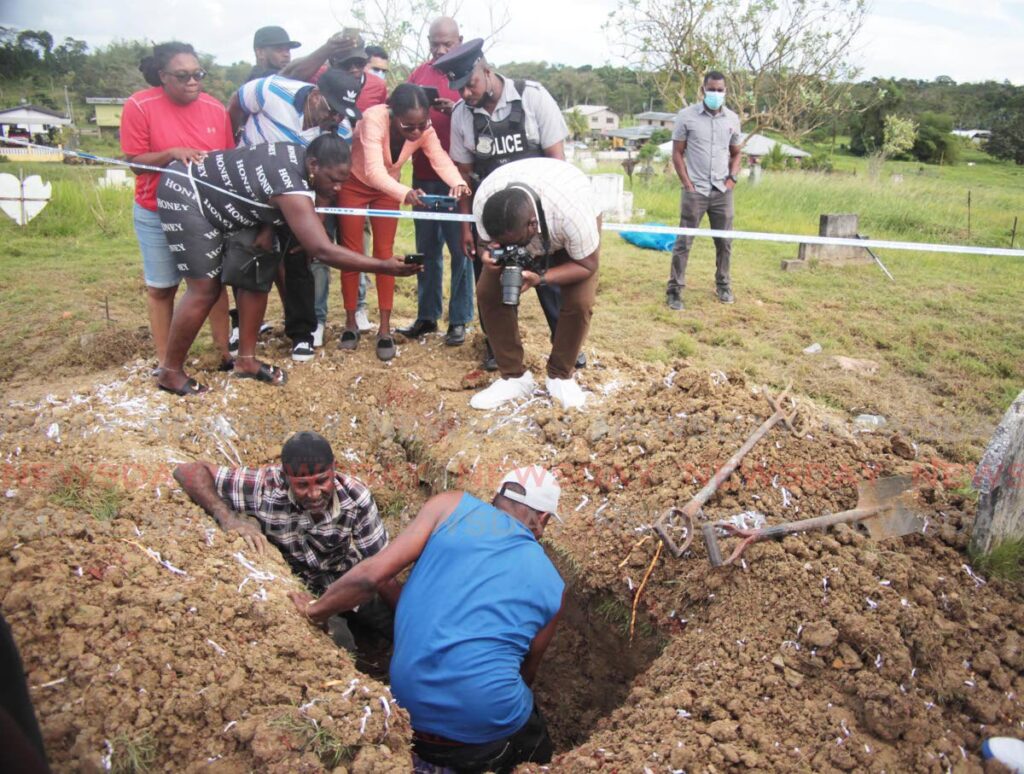A grave desecration

For the family of Whitney Bourne – who died far too young of cervical cancer – the tragedy was revisited on Tuesday night with a new horror; the intentional desecration of her grave less than a day later.
Police officers and funeral home staff were present on Wednesday morning to inspect the burial site, the mourning flowers scattered and freshly shovelled earth carelessly shovelled out.
Los Bajos Cemetery is a small burial ground in Palo Seco, unfenced in the style of most small countryside graveyards. The police have no motive for the crime.
It isn't even clear that what the family experienced is classified as a serious crime. The charge for grave desecration is $75, which barely registers as a punitive measure.
Should more cemeteries be fenced off and patrolled? Even when they are, gravesites suffer a thousand minor indignities when homeless people and thieves prowl their silent landscapes.
Mausoleums and tombstones have long been raided for any item or material that might be sold. The caretaking of most cemeteries reflects a casual disinterest in upkeep and presentation that contributes to an environment of disorder and neglect.
More recently, cemeteries have become murder scenes. In December, as the murder toll inched to a count of 600 and a landmark of shame, 22-year-old Justin Glasgow was murdered at the Streatham Lodge Cemetery in Tunapuna.
In November, Maurice Sylvester Koon went to the Tacarigua Cemetery to light candles for his sons at 9 pm and was killed, collapsing on his son's grave.
At least three other recent murders took place in cemeteries, some in broad daylight.
Should city corporations and municipal authorities begin to consider whether the condition of cemeteries is encouraging this disrespect of them as spaces where the dead might rest and be properly mourned and eventually, fondly remembered?
It isn't the only incentive to improve the quality of maintenance in the nation's cemeteries.
Many of these burial grounds are home to the quiet histories of families whose collective lineage are important to the shared legacy of the nation as well as their surviving families. A more organised and consistent approach to maintaining cemeteries would send an important message.
The National Trust has done significant work identifying and mapping historical landmarks and sharing stories that lift the nation's cemeteries above the sorry condition in which they are left by default.
The Trust maintains a list of significant cemeteries throughout Trinidad and Tobago, some of which are listed by the conservation organisation.
But that protection doesn't stop the deterioration of basic infrastructure or encourage the collection of garbage at even Lapeyrouse Cemetery, a site of historical tours hosted by the Trust.
These reliquaries of our shared history deserve better treatment. Our dead have earned more tangible respect.


Comments
"A grave desecration"